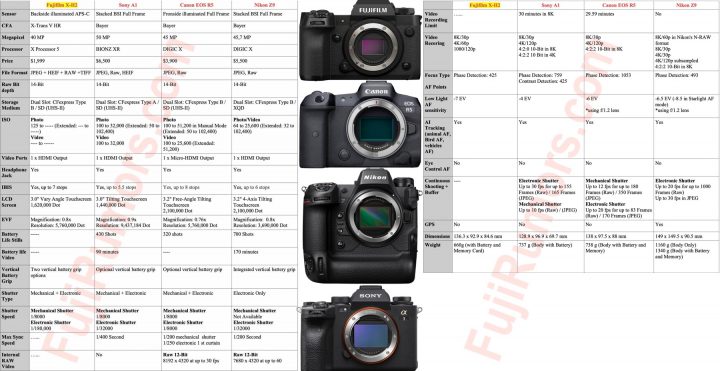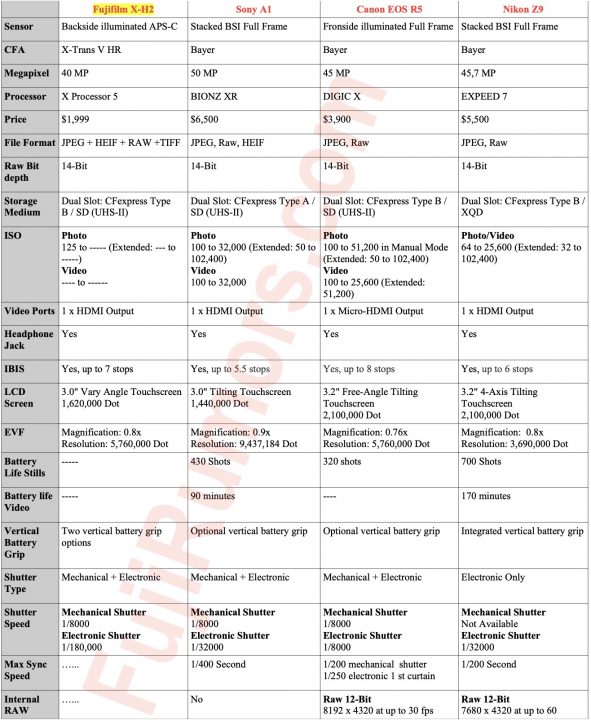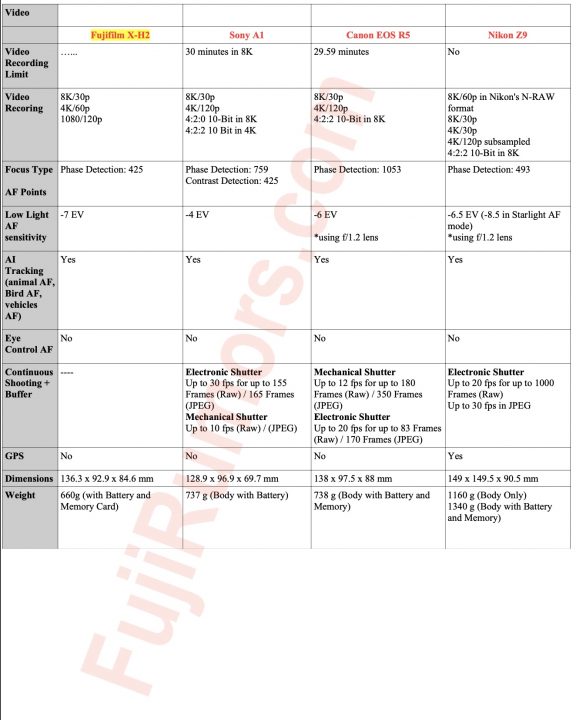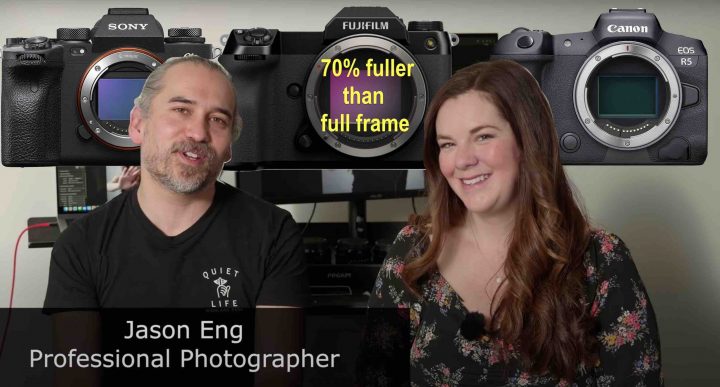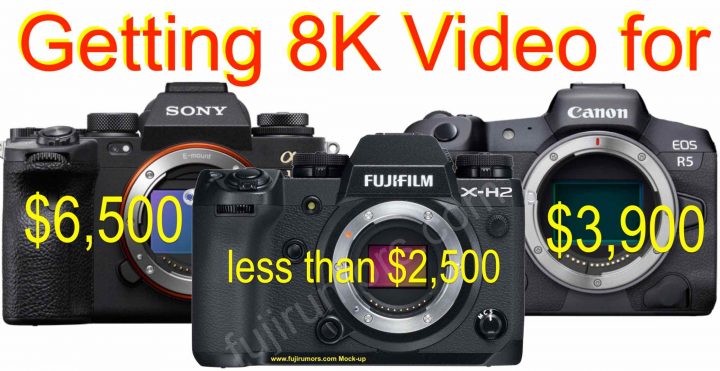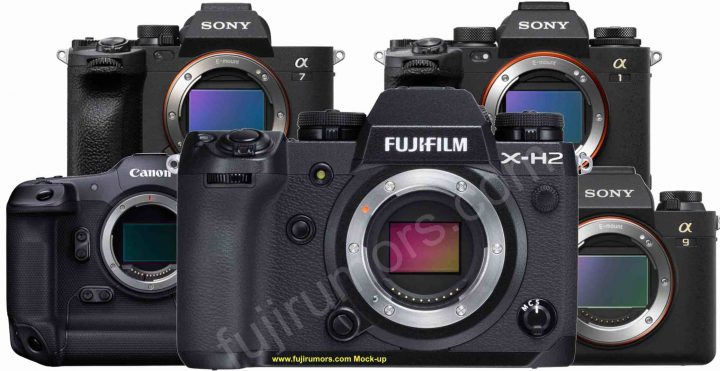
Here is what is happening in these days.
Since the announcement of the new Sony A7IV, I am receiving lots of emails and also comments here on FujiRumors, pressing me to share more Fujifilm X-H2 rumors.
So let me say a few quick things:
First: I can share rumors only when I either have them or I have permission to share them. So if anyone out there would like to help me to put fire in the Fujifilm community with some X-H2 rumors, then feel free to contact me either via email at fujirumor@gmail.com or via PM on our social media. Also the rumor box is always there for you. If you use it, feel free to give yourself a nickname.
Second: I can confirm that the Fujifilm X-H2 price tag should not be higher and possibly be even lower than $2,500.
So is this a good price tag or is it too expensive?
Considering that the new Sony A7IV costs $2,500, one might think that the rumored Fujifilm X-H2 pricing is too close to the one of the Sony A7IV.
But here is the thing: the Fujifilm X-H2 can’t be really compared to the Sony A7IV. In fact, as Fujifilm itself proudly announced back at the Fujifilm X summit, the next generation Fujifilm cameras will feature a stacked BSI sensor. And as we know, the Sony A7IV has a non-stacked BSI sensor, basically the same technology we find in the $1,699 Fujifilm X-T4.
So you got the point: the Fujifilm X-H2 should be compared to other stacked sensor cameras, such as the Sony A9II, the Canon R3 and the Sony A1. So let’s do it now:
So you see that the other stacked sensor option out there on the market are at least 2K+ more expensive.
And if you look for 8K in a mirrorless camera, then here are your options:
So also in this case, the Fujifilm X-H2 will be at least $1,500 more affordable than competing 8K cameras.
There is no way around it: the sensor is a very expensive (if not the most expensive) component of a camera. For example, Fujifilm paid $2,000 for the older 50MP sensor in the original GFX50S). So, the smaller the sensor, the more affordable you can make the camera.
And as I wrote in a recent article called “top 10 attacks on Fujifilm that don’t make sense“, you simply can pack more specs for less money in an APS-C camera over a Full Frame camera. And this will be the case also with the Fujifilm X-H2, which offers a stacked sensor at a price full frame can’t not even nearly match.
Now keep all this in mind when, in the survey down below, I ask you what would be the right pricing according to you for the Fujifilm X-H2.

Loading ...
